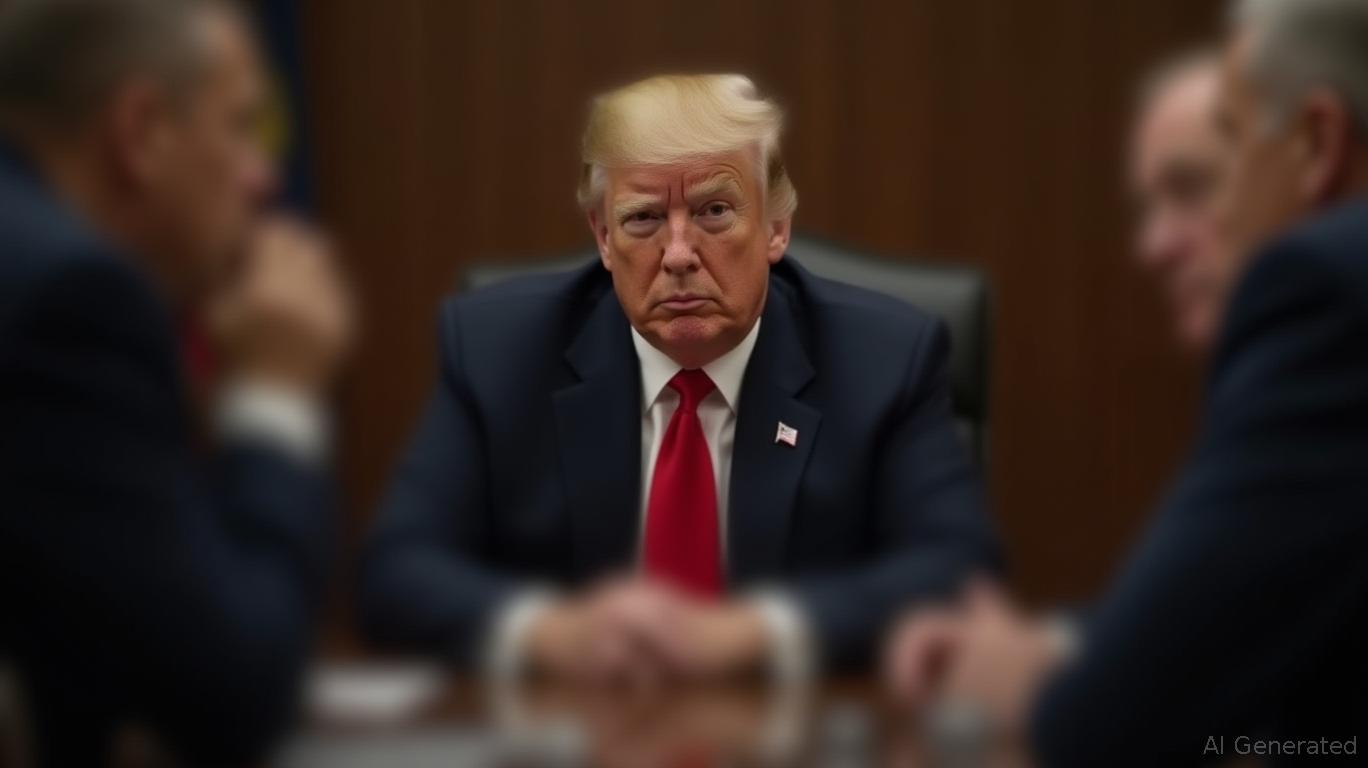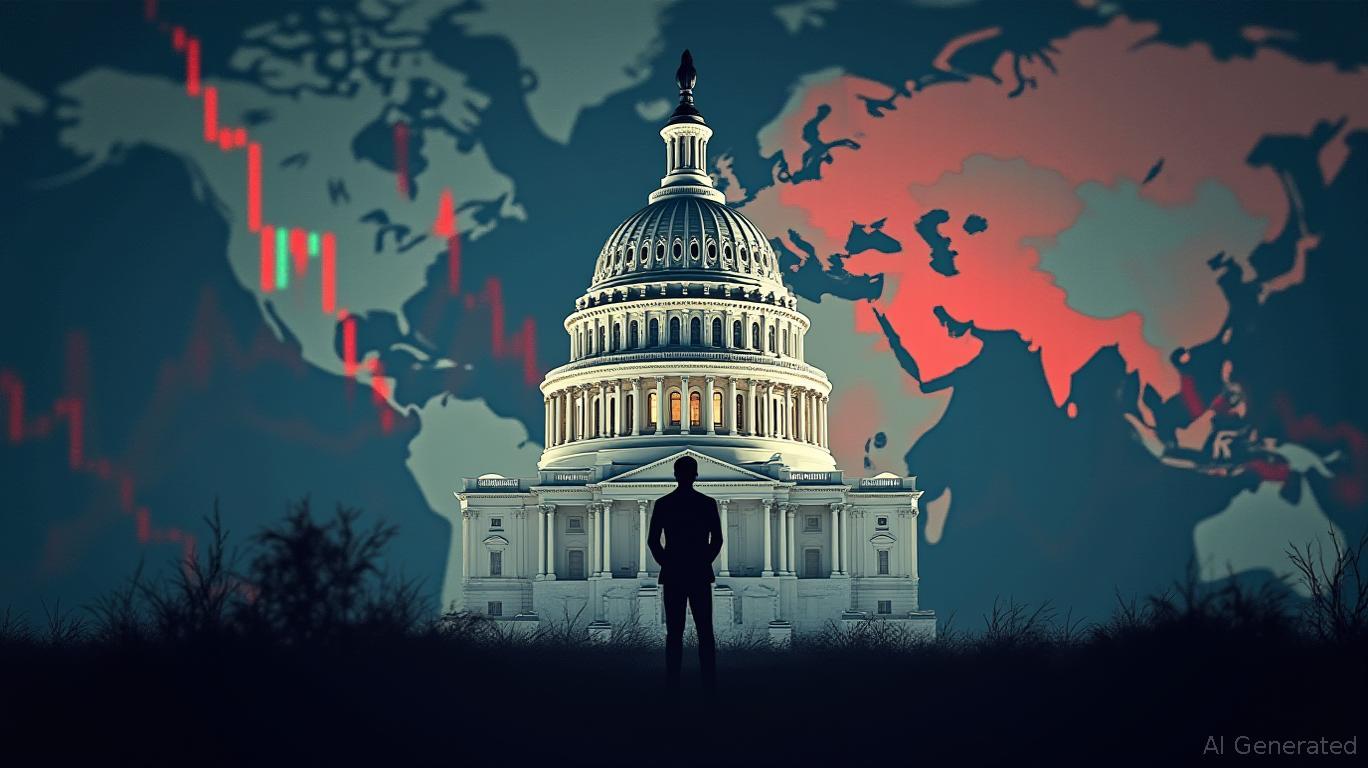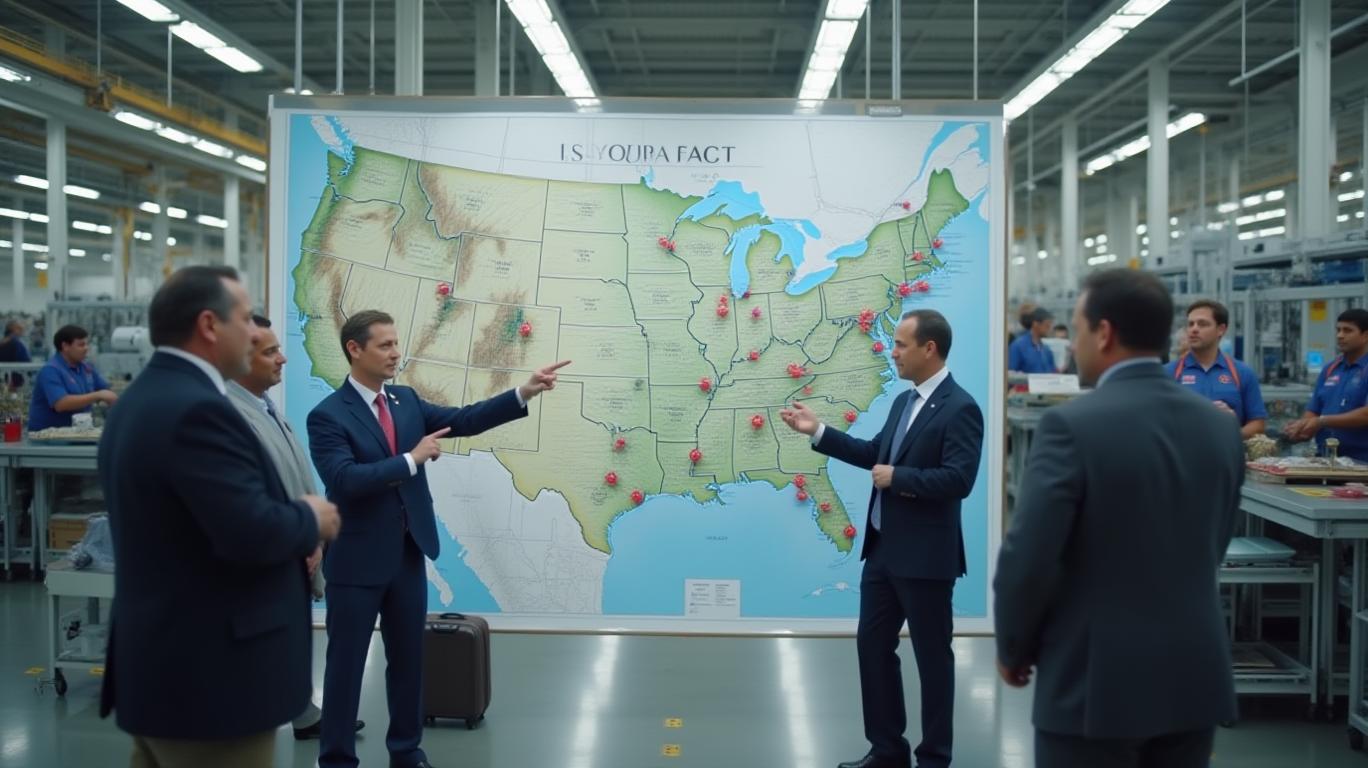Can Apple’s iPhone Manufacturing Shift to the U.S.? John Chambers Says Yes—Here’s the Reality
The U.S.-China trade war has reached a fever pitch, with tariffs on Chinese goods hitting 145% in 2025—a combination of a 125% reciprocal tariff and a 20% “fentanyl levy.” Amid this chaos, former Cisco CEO John Chambers has thrown down a bold prediction: Apple can—and should—manufacture iPhones in the U.S., despite the staggering costs. His argument? Profitability isn’t the barrier; it’s strategy.

But is Chambers right? Let’s break down the data, the risks, and what it means for investors.
Chambers’ Case for U.S. Manufacturing: “Yes, Yes, Yes”
Chambers, a veteran of outsourcing to China in the 1990s, insists Apple’s CEO Tim Cook can pivot production to the U.S. His confidence stems from two pillars:
1. Profitability: Even with 145% tariffs on Chinese imports, Apple’s scale and pricing power could absorb costs.
2. Strategic Necessity: Escalating tariffs and geopolitical tensions make diversifying manufacturing away from China a “non-negotiable” move.
Apple’s stock has already fallen 22% year-to-date—a stark reminder of investor anxiety over supply chain volatility. Chambers argues that reshoring iPhones could stabilize margins and avoid further declines.
The Tariff Trap: A Complex Web
While Chambers is bullish, the tariff landscape is a minefield. Key points:
- Exemptions Matter: Smartphones, computers, and semiconductors are shielded from the 125% reciprocal tariff, but the 20% fentanyl levy remains.
- Global Tariffs: A 10% tax on all imports complicates everything. Analysts warn this could force Apple to raise iPhone prices by 43%—pushing the cheapest model to $1,142.
This price hike could backfire, stifling demand and worsening the stock’s slide.
India: The Strategic Wild Card
Chambers sees India as the linchpin of Apple’s survival. Why?
- Geopolitical Alignment: Chambers calls the U.S.-India partnership “the most important strategic relationship in the world.”
- Cost Efficiency: Manufacturing iPhones in India would avoid both Chinese tariffs and the need to fully retool U.S. plants.
Apple has already hinted at this shift, exploring producing a “large chunk” of iPhones in India. But there’s a catch: Apple’s $500B U.S. investment (announced in 2025) is for server manufacturing, not consumer hardware. This raises questions about Cook’s commitment to reshoring iPhones.
The Skeptics: “This Is a Pipe Dream”
Not everyone buys Chambers’ optimism.
Analyst Pushback:
- Daniel Ives (Wedbush): Calls U.S. iPhone production a “political pipe dream,” citing Asia’s 30-year supply chain dominance and the impossibility of replicating it overnight.
- Supply Chain Realities: 90% of iPhones are still made in China. Unwinding that would take years—and cost billions.
Apple’s Own Words:
Tim Cook once cited a U.S. “skills gap” as a barrier. Chambers dismisses this, arguing assembly requires no advanced engineering. Yet, Apple’s Houston server plant (not iPhones) shows where its priorities lie.
The Bottom Line: Risks and Opportunities
Investors face a choice:
Bull Case (Chambers’ Vision):
- Apple successfully reshores production, avoids tariffs, and stabilizes margins.
- A stronger U.S.-India alliance could open new markets and reduce geopolitical risks.
Bear Case (Analyst Reality):
- Tariff-driven price hikes deter buyers, further depressing Apple’s stock.
- Supply chain inertia keeps iPhones in China, leaving Apple vulnerable to trade wars.
Conclusion: A Delicate Balancing Act
Chambers is right about one thing: Apple can manufacture iPhones in the U.S. The question is whether it should.
The data paints a mixed picture:
- Feasibility: Apple’s cash reserves ($80B+ in 2025) and pricing power give it room to experiment.
- Risks: A 43% price hike could crater demand, while supply chain reconfiguration could cost $10B+ annually.
- Geopolitics: India’s role is critical—but depends on U.S. policy consistency and Modi’s alignment with Trump’s tariffs.
For investors, the key takeaway is this: Apple’s success hinges on nuance, not absolutes. Partial reshoring to the U.S. paired with aggressive India expansion might be the path forward. But betting entirely on Chambers’ vision? That’s a gamble.
In short: Apple’s future is in its hands—and the hands of trade negotiators. Stay vigilant.
Data sources: Cisco statements, Rosenblatt Securities, Wedbush, Apple investor reports.

_dab570481750202897772.jpg)








